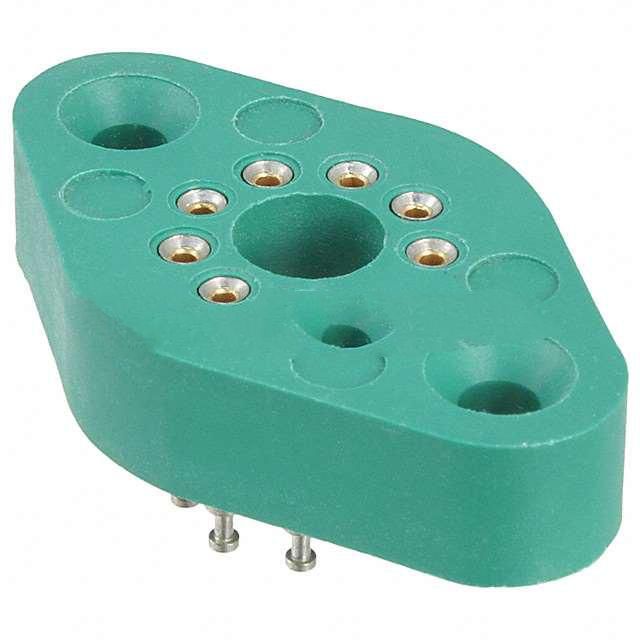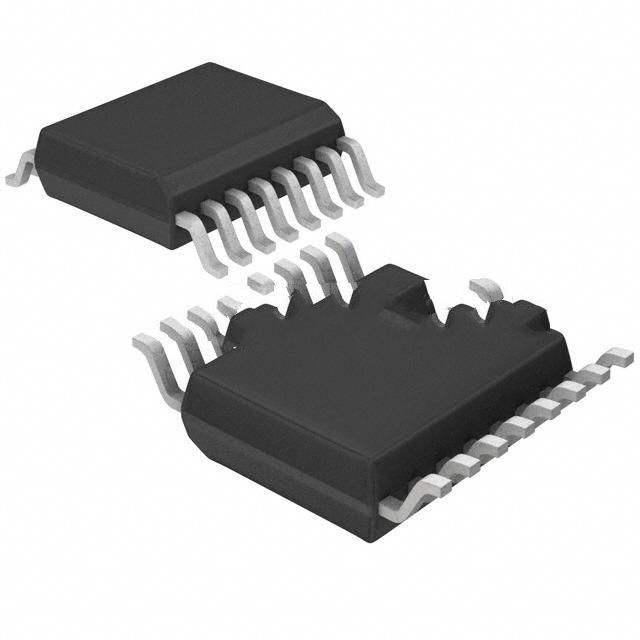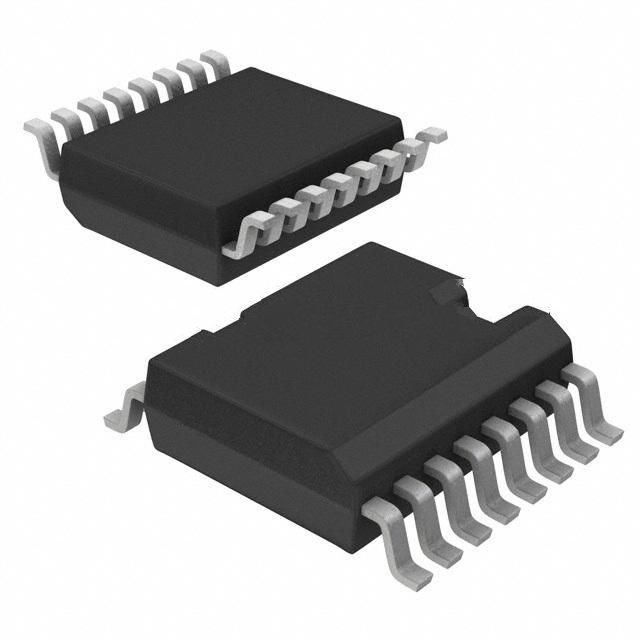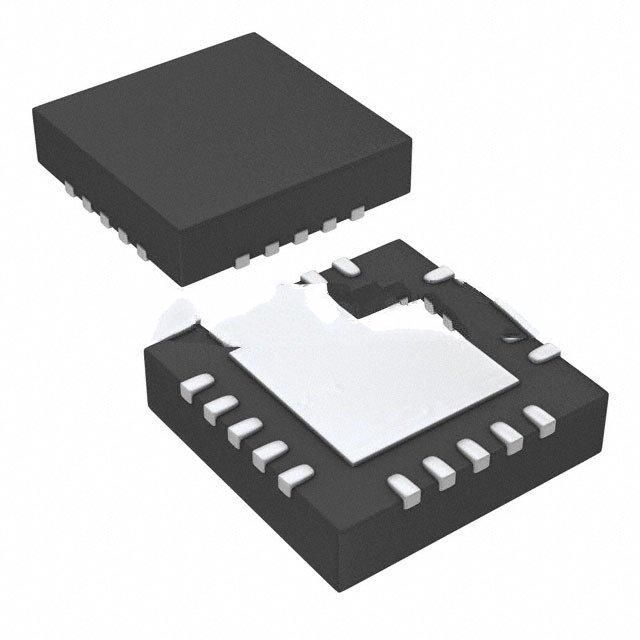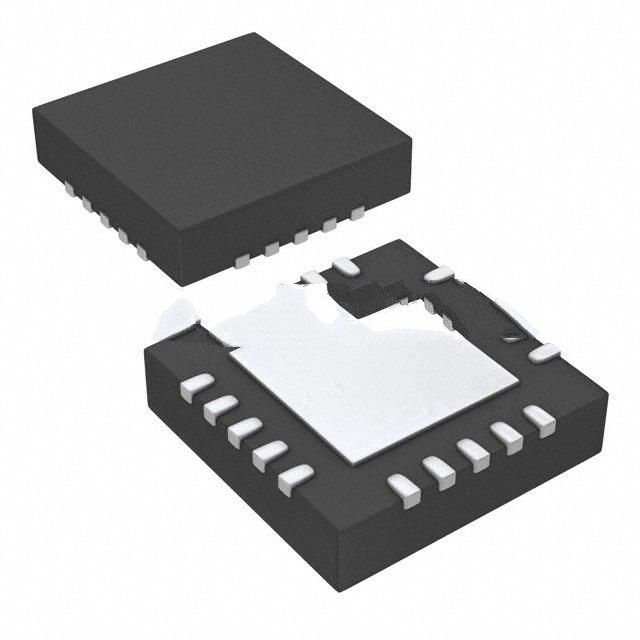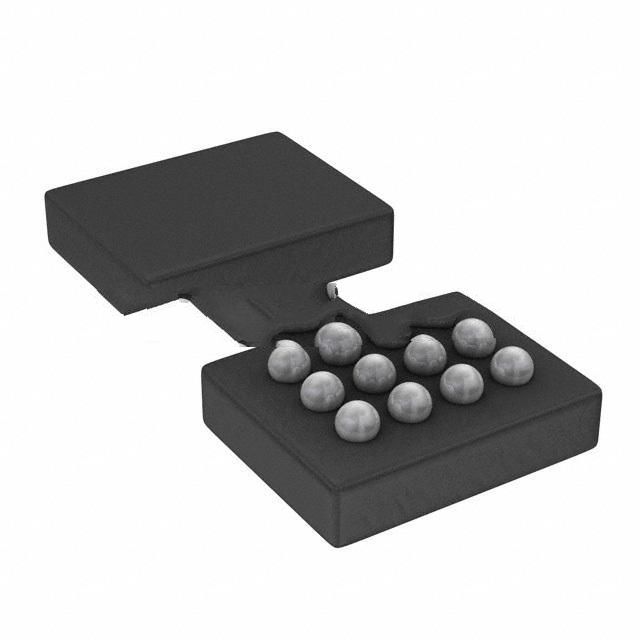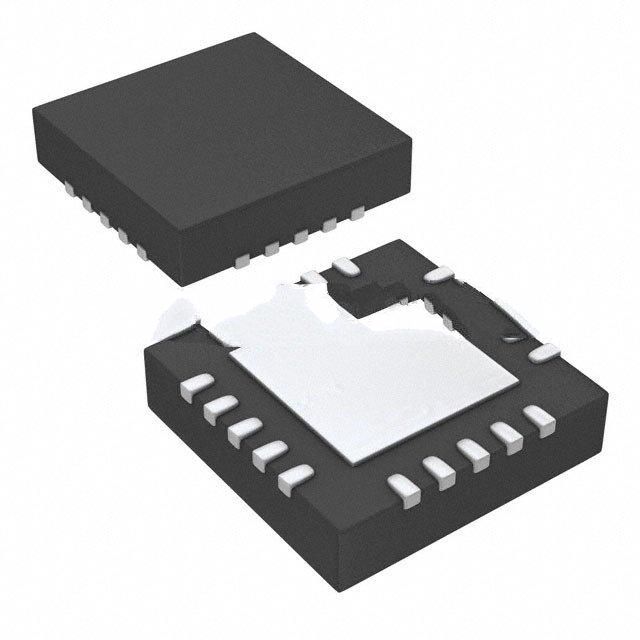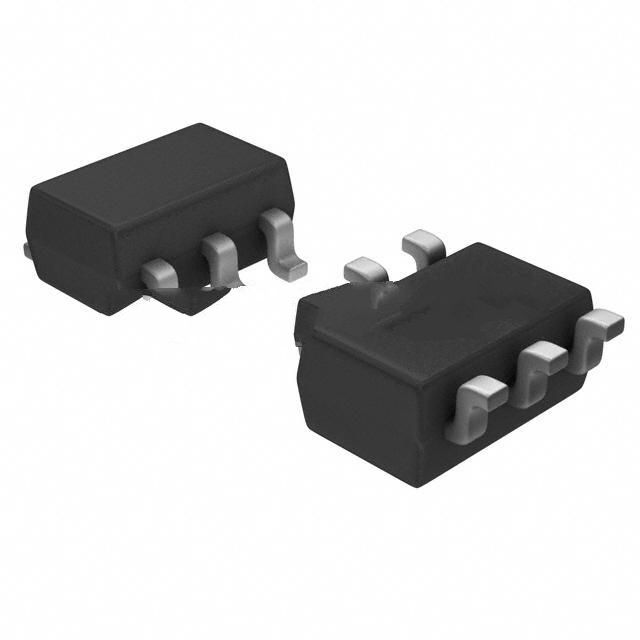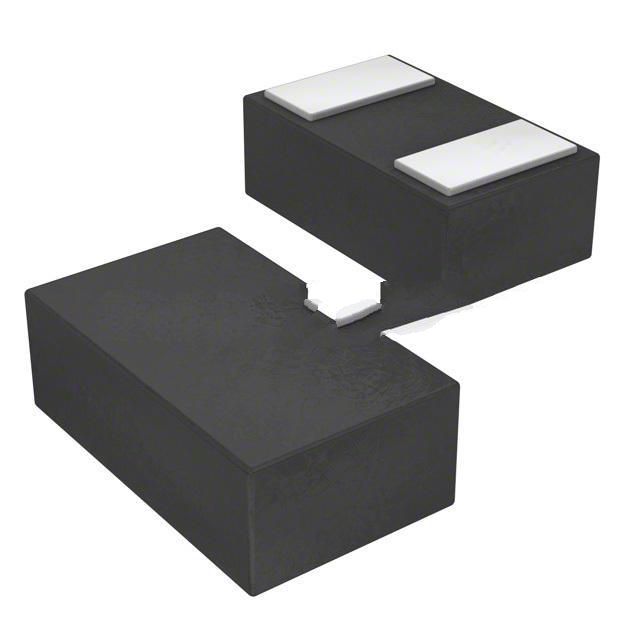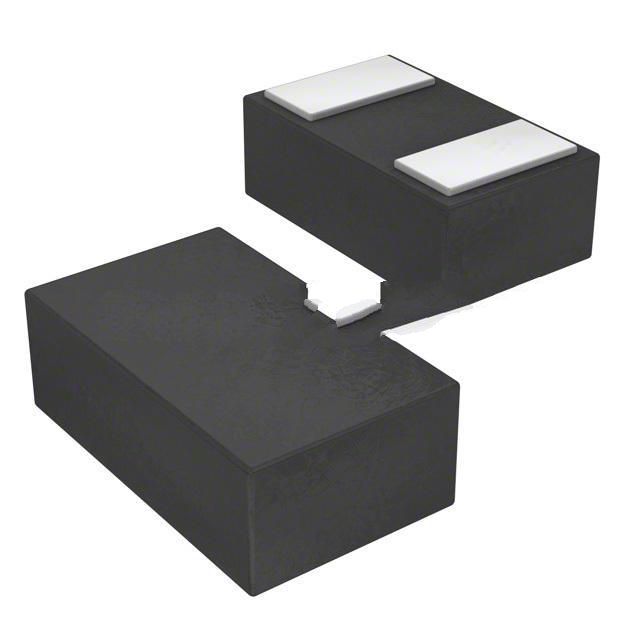Is the launch of the third generation semiconductor imminent?
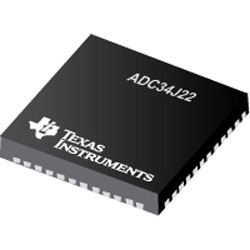
Is the launch of the third generation semiconductor imminent?
semiconductor, wide bandgap
The third-generation semiconductor industry has been on the road for many years, and the market has been tepid due to factors such as technology and cost.
However, the market situation this year is obviously different. Major semiconductor component companies have stepped up the promotion of new products, and the third-generation semiconductors have also begun to appear frequently in the investment list of various parks.
What is the third generation semiconductor?
First of all, it is necessary for us to talk about the origin of the third-generation semiconductor.
The first generation of semiconductor materials was represented by silicon (Si) and germanium (Ge), and most of our current chips are silicon-based devices. The second-generation semiconductor materials are mainly represented by gallium arsenide (GaAs) and gallium phosphide (GaP), which can be seen in 4G mobile communication equipment and high-end oscilloscopes. Compounds represented by gallium nitride (GaN), silicon carbide (SiC), zinc oxide (ZnO), and diamond belong to the third generation of semiconductor materials.
In theory, the third generation of semiconductors should be called Wide Band-Gap (WBG) semiconductors. The forbidden band width mentioned here has a great influence on the performance of electronic components. The band gap of the well-known silicon material is 1.12 electron volts (eV), and the band gap of the WBG semiconductor material is 2.3 eV and above. The advantages brought by the high band gap are that the device can withstand high voltage and high temperature, and has high power, radiation resistance, strong electrical conductivity, fast working speed, and low working loss.
Which industries are most looking forward to the emergence of third-generation semiconductors?
There are two main types of third-generation semiconductor materials being used in the market, namely GaN and SiC. According to the characteristics of the material itself, GaN is more suitable for medium and low voltage (about 600V), high frequency and other applications, while SiC is thinner, lighter and smaller than silicon, and the market application field is more inclined to the medium and high voltage range above 1000V. In kilowatt-scale applications, the voltage range shared by SiC and GaN can only be up to 600V, and in this voltage range, GaN should be cheaper than SiC. Taken together, SiC and GaN materials will play an important role in power electronics, new energy vehicles, data centers, charging piles, 5G and other fields, and provide support for future-oriented high-performance applications in the industry.
motor driven
According to data released by the U.S. Energy Administration, electric motor systems consume about 40 percent of the total electricity demand in the United States. To this end, some motor systems are beginning to use variable frequency drives (VFDs) to dynamically adjust motor speed to meet power requirements and save energy. It is estimated that 40-60% of the motors currently installed will benefit from VFDs. Depending on the application, adding a VFD can reduce energy consumption by 10-30%. However, traditional VFDs are too bulky and take up a lot of space. SiC-based VFDs can increase the volume, power density and efficiency of the system and reduce the overall cost of the system.
new energy vehicles
Traction inverters, DC boost converters and on-board battery chargers are key components in hybrid and electric vehicles (HEV/EV). The switching and other losses of the silicon-based inverter, as well as its own weight, indirectly affect the energy efficiency of the vehicle. SiC inverters can reduce direct and indirect losses by operating at higher switching frequencies, efficiencies and temperatures. Hybrid electric vehicles using SiC traction inverters are expected to increase their energy efficiency by 15%. In the world's top electric vehicle event "Formula E", the inverter made by Rohm's full SiC power module for the VENTURI team has been reduced by 43% in size and 6kg in weight. According to the forecast data given by DIGITIMES Research: by 2025, SiC power semiconductors for electric vehicles will continue to rise, accounting for more than 37% of the total SiC power semiconductor market, up from 25% in 2021.
Distributed Energy
1% of the world's electricity comes from solar energy, and it is expected to reach 15% in the next 10-15 years. In grid applications such as solar photovoltaic and wind energy, the typical maximum conversion efficiency of silicon-based photovoltaic inverters is about 96%. By operating at higher switching frequencies, SiC-based inverters can reduce the size of passive components as well as the overall system footprint, improve energy efficiency, and reduce system-level costs.
5G
Today, GaN has become a key material for 5G applications. According to Yole estimates, most sub-6GHz macro network units will use GaN devices, and the GaN RF device market is expected to reach $1.3 billion by 2023. At the just-concluded 2020 China Mobile Global Partner Conference, Yang Jie, chairman of China Mobile, revealed that China Mobile has opened 385,000 5G base stations to provide 5G SA services for all prefecture-level cities and some important counties. It can be said that 5G provides an important opportunity for the development of GaN. With the decline in cost, GaN is expected to replace silicon-based power devices such as diodes, IGBTs, and MOSFETs in the medium and low power fields.
data center
Data centers are major energy consumers, and it is imperative to improve energy efficiency. High power density converters based on WBG devices are a key factor in enabling more efficient systems, as higher temperature tolerance can reduce cooling loads and further improve data center grid-to-chip efficiency.
Consumer Electronics
Power converters for consumer electronics such as laptops, smartphones, and tablets may seem small, but they are also big energy consumers. Taking fast charging chargers as an example, one of the most prominent changes in the past two years is the application of GaN technology. GaN chargers are not only powerful, fast charging, but also much smaller in size. According to relevant statistics, since 2018, well-known brands such as Samsung, Oppo, Xiaomi and Verizon have provided millions of GaN fast chargers to the market.

